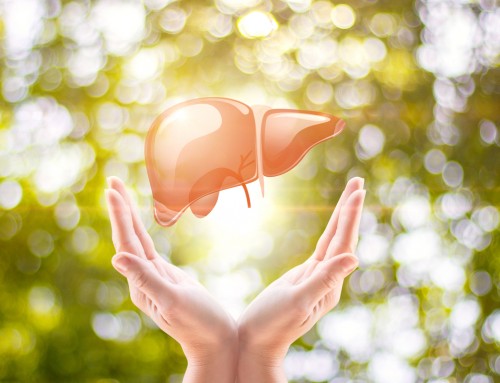It is the afternoon and after waking up feeling fine you now feel bloated and lethargic. You are frustrated as you ate a healthy chickpea and kale salad for lunch and it doesn’t make sense to you that you would feel so bad now. What can possibly be going on? Food can be a common trigger of digestive symptoms such as bloating excess gas and abdominal pain and restricting certain foods can dramatically improve these symptoms in those who are sensitive. The problem can be, where do you start?
When working with people who experience digestive discomfort or who have been identified as suffering from IBS a useful approach can be to follow a low FODMAP diet. Consolidated by a research team at Monash University and now recognised worldwide, a low FODMAP diet can help identify foods that may trigger these digestive symptoms.
What is a FODMAP?
FODMAP is the acronym for Fermentable Oligosaccharides, Disaccharides, Monosaccharides and Polyols. These are the scientific terms used to classify groups of carbohydrates that are notorious for triggering digestive symptoms like bloating gas and stomach pain. Whilst FODMAP’s are a part of a healthy diet, they can also be problematic in some individuals as they are poorly absorbed, draw water into the gut and undergo rapid microbial fermentation resulting in these uncomfortable digestive symptoms.
The main dietary sources of the four groups of FODMAPs include:
- Oligosaccharides: Wheat, rye, legumes and various fruits and vegetables, such as garlic and onions.
- Disaccharides: Milk, yogurt and soft cheese. Lactose is the main carb.
- Monosaccharides: Various fruit including figs and mangoes, and sweeteners such as honey and agave nectar. Fructose is the main carb.
- Polyols: Certain fruits and vegetables including blackberries and lychee, as well as some low-calorie sweeteners like those in sugar-free gum.
The low FODMAP Diet
A low FODMAP diet starts by eliminating high FODMAP foods allowing your body time to heal and providing a platform whereby you can monitor food and associated symptoms as you begin reintroduction of each component of the diet. It aims to help an individual identify which foods are problematic and make allowances for this in their diet. Notably the elimination stage of the low FODMAP diet was designed to be used for a period of 2-6 weeks only. Using the low FODMAP diet for longer than this may lead to nutritional deficiencies. It is strongly recommended that you complete the low FODMAP diet under the guidance of a health professional who is experienced in its use.
Benefits of a Low-FODMAP Diet
The benefits of a low-FODMAP diet have been tested in thousands of people with IBS across many studies. If you are intolerant, then the benefits of a low-FODMAP diet may include:
- Less gas
- Less bloating
- Less diarrhoea
- Less constipation
- Less stomach pain
It may also cause positive psychological benefits as these digestive disturbances are known to cause stress and anxiety.
How to Do a Low-FODMAP Diet
It can be difficult to get started and follow a low-FODMAP diet on your own. Therefore, it’s recommended to seek the advice of a trained health professional who has experience in this area and can guide you through the appropriate protocol.
If you would like more information on the low FODMAP diet I’d love to help you. Just click on the link northernbeachesnutritionappointments to book an appointment time that suits you or contact me at sfisk@northernbeachesnutrition.com.au





